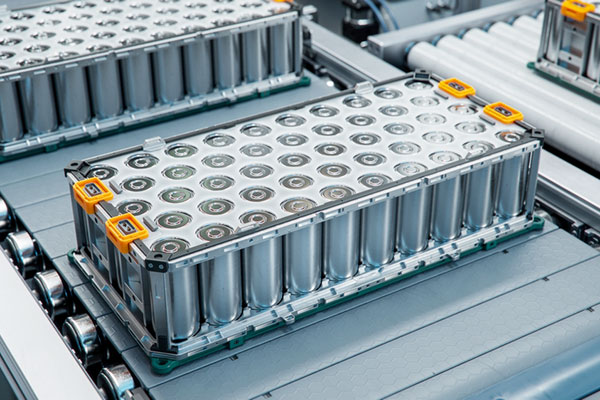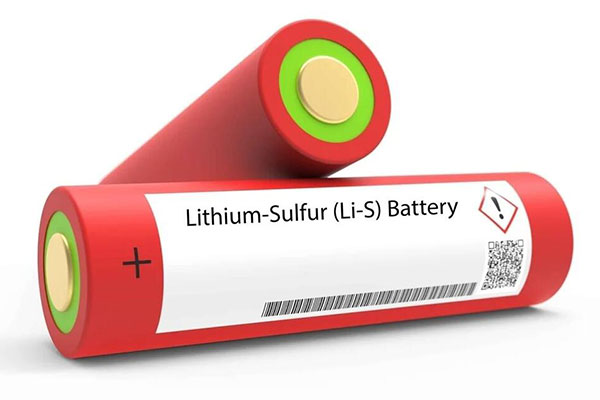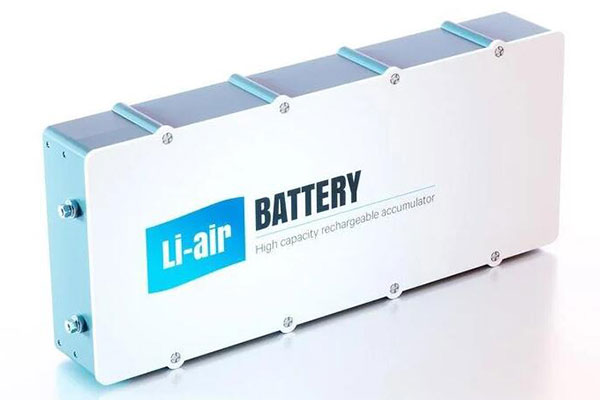Lithium Bis(fluorosulfonyl)imide (LiFSI) is a new type of lithium salt with excellent electrochemical properties, hydrolysis resistance, thermal stability and conductivity. It is mainly used as an additive in electrolytes, and can also be used alone as an electrolyte. LiFSI is considered to be a substitute for lithium hexafluorophosphate (LiPF6) and has broad prospects for future development. With the sharp increase in demand for lithium hexafluorophosphate and a sharp rise in prices, the cost-effectiveness of lithium bis(fluorosulfonyl)imide has become more prominent, and the demand has also continued to rise.
| Item | Lithium Bis(fluorosulfonyl)imide |
|---|---|
| Molecular Weight | 187.07 g/mol |
| Purity | >99.9% |
| Water Content | <80 ppm |
| Melting Point | 140 °C |
| Vapor Pressure | 27.198-31.064 Pa at 20-25 ℃ |
| Density | 1.052 g/cm3 at 25℃ |
| Thermal | |
| Decomposition | >200 °C |
| Insoluble Substance | ≤300 ppm |
| Free Acid | < 5 ppm |
| Solubility in Water | Soluble |
| Storage | Store under inert gas |
| Condition to Avoid | Moisture |
Why Lithium Bis(fluorosulfonyl imide) has Become A New Electrolyte Additive
The melting point of lithium bis(fluorosulfonyl imide) is between 140 and 145°C. It not only has excellent conductivity (ionic conductivity up to 8mS/cm), but also has excellent thermal stability. When it is added to the electrolyte, it can coexist harmoniously with the positive and negative electrode materials, showing many advantages, thus complying with the trend of high nickel content in the positive electrode ternary materials of power lithium batteries.
In addition, LiFSI also has excellent electrochemical stability and can work continuously and stably under high voltage conditions, providing strong support for power batteries and high-end consumer electronic products. It can not only improve the ion migration and electrochemical reflection kinetics of lithium batteries under low temperature conditions, improve the power output and charge and discharge performance under low temperature, but also effectively improve the safety of lithium batteries under high temperature conditions and extend the cycle life of batteries.
What Are Main Application of LiFSI
Mechanism Action of Lithium Bis(fluorosulfonyl)imide (LiFSI)in Lithium Batteries
In lithium batteries, lithium bis(fluorosulfonyl)imide mainly undertakes the task of ion conduction. When the battery is charged and discharged, lithium ions (Li+) move between the positive and negative electrodes, and LiFSI acts as an electrolyte lithium salt to provide a transmission channel for lithium ions. Through efficient ion conduction, lithium bis(fluorosulfonyl)imide ensures that lithium batteries can charge and discharge quickly while maintaining stable performance.
The excellent properties of LiFSI electrolyte have an important impact on the overall performance of lithium batteries. First, its high ionic conductivity helps to improve the charging and discharging speed and energy density of the battery. Second, its good chemical stability and thermal stability enable lithium batteries to maintain stable operation under high temperature or harsh environment. Finally, the low solubility of lithium bis(fluorosulfonyl)imide LiFSI helps to reduce the self-discharge phenomenon inside the battery, thereby extending the service life of the battery.



